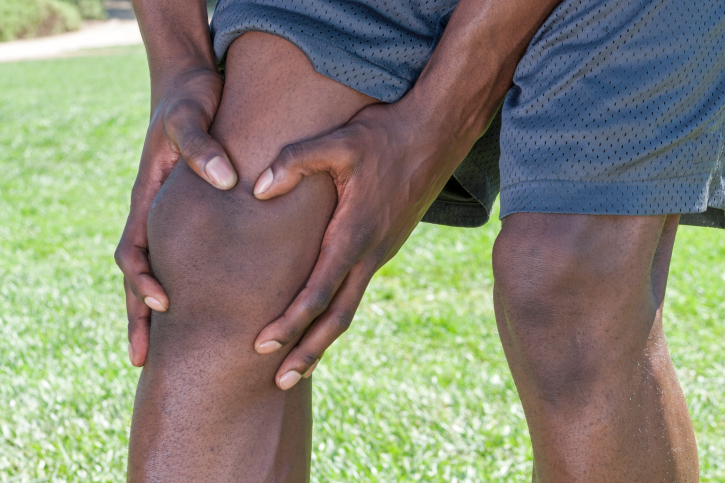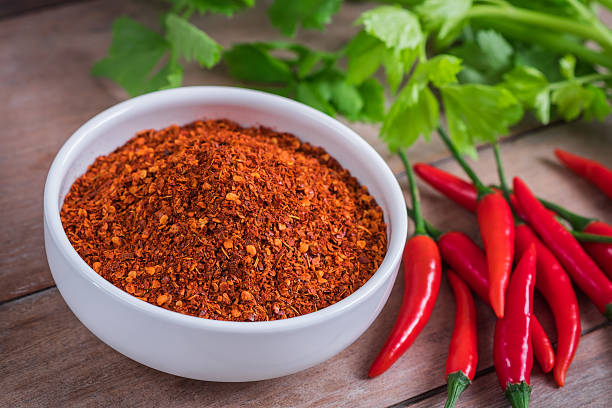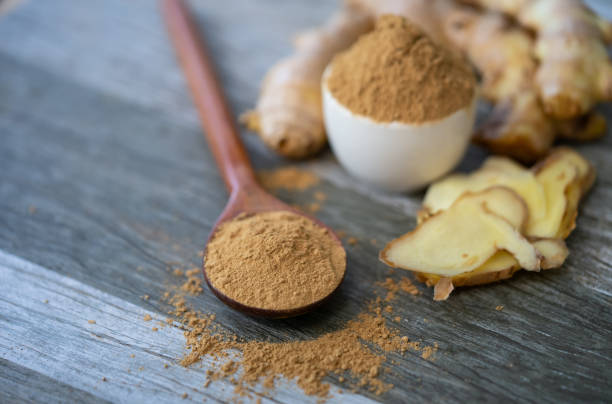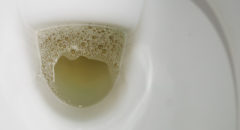
Depending on the arteries that are affected by low blood circulation and where the blockage is, different muscle groups can be affected including your:
- Buttock and hip
- Thigh
- Calf (most common)
- Foot (less common)
Some people who have low blood circulation describe it as burning or numbness. There also can be severe blockages with no pain at all.
Often this is because the body grows blood vessels that "bypass" the blockages, called collateral circulation.
- Wounds that heal poorly
- Legs are cooler than the arms
- Shiny skin over the legs
- Loss of hair on the legs
- Decreased pulses in the feet
RELATED: Did You Know? There Are 8 Ways To Diagnose Coronary Artery Disease
Atherosclerosis causes peripheral artery disease, coronary artery disease and strokes through the same general process. For this reason, the risk factors for peripheral artery disease are the same as for heart attacks and strokes:
- Diabetes
- Abnormal cholesterol
- Cigarette smoking
- High blood pressure
Diabetes seems to be particularly important in the development of peripheral artery disease. People with diabetes have worse peripheral artery disease and tend to improve less with treatment.
Some foods that help your blood flow are:
1. Oranges

Oranges and other citrus fruits with high vitamin C are natural blood thinners and are said to strengthen capillary walls and prevent plaque build-up which leads to poor circulation.
2. Dark Chocolate

Cocoa contains flavonoids which are naturally found in plants and fruits and have been well-linked to improving blood circulation.
A study published in the Circulation Journal showed that dark chocolate rich in natural flavonoids improved blood circulation when compared with white chocolate with no flavonoids.
3. Cayenne pepper

Cayenne is available as a fresh pepper or dried spice and has been associated with increasing metabolic rate and strengthening arteries and blood vessels.
Cayenne pepper is best eaten raw in salads or juiced.
4. Sunflower seeds

Sunflower seeds are rich in vitamin E which is shown to help keep blood clots from forming.
They are great at helping improve circulation. Likewise so are foods such as olives, nuts and pumpkin seeds.
5. Root Ginger

Ginger is known for helping nausea and digestion problems as well as increasing blood circulation. Ginger can be eaten raw or added to foods or why not try ginger tea?
RELATED: 8 Benefits Of Drinking Ginger Tea
Visit the BlackDoctor.org Diabetes center for more articles.
 If you have any questions, don’t hesitate to 'Ask Dr. Renee'. Follow me on Twitter @AskDrRenee and on my website.
If you have any questions, don’t hesitate to 'Ask Dr. Renee'. Follow me on Twitter @AskDrRenee and on my website.








